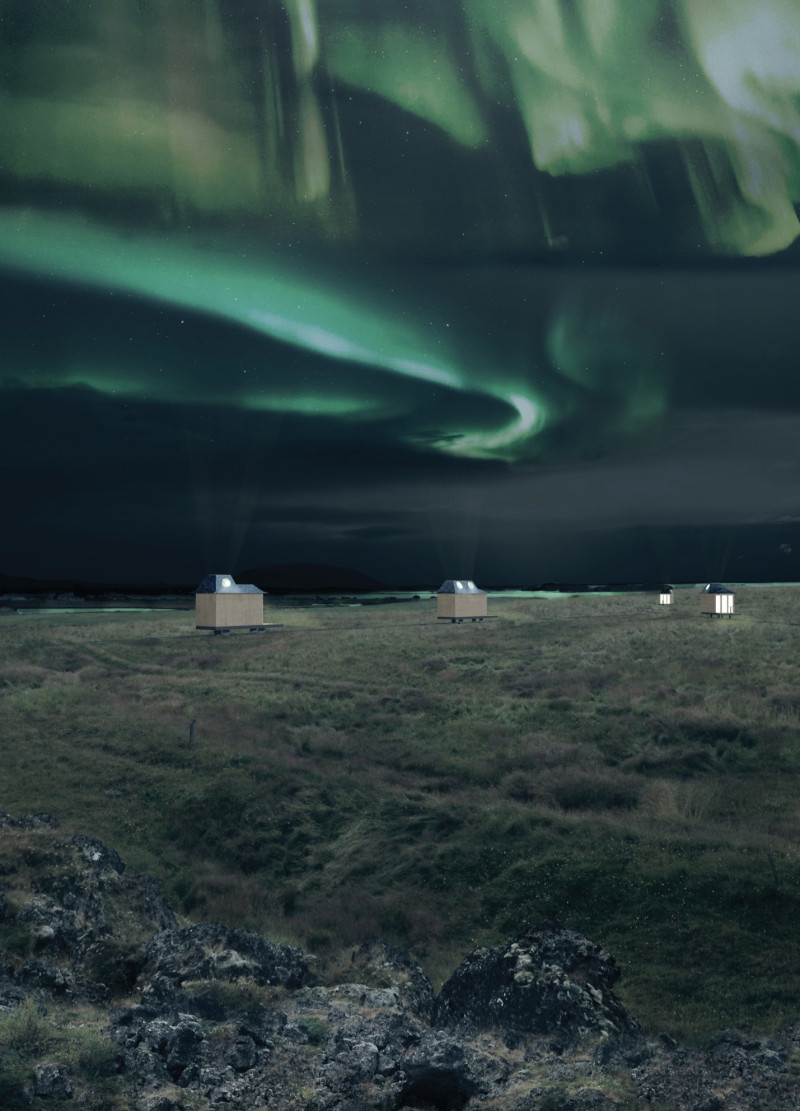5 key facts about this project
At its core, the project's primary function is to serve as a multifunctional space that accommodates various activities, catering to both community needs and individual use. The layout is carefully organized to promote usability while ensuring each space flows seamlessly into the next. This thoughtful arrangement encourages interaction among users, fostering a sense of community. The architectural decisions made throughout the project are geared towards creating environments that not only meet practical needs but also evoke a sense of place and belonging.
Significant architectural elements contribute to the overall design narrative. The use of large expanses of glass facilitates natural light to infiltrate the interior spaces, creating a warm and inviting atmosphere. This choice reflects a commitment to sustainability, reducing the reliance on artificial lighting and enhancing the connection between indoors and outdoors. The transparency of these glass walls also allows occupants to enjoy views of the landscape, further integrating the building within its natural surroundings.
The project incorporates a variety of materials that enhance its aesthetic and functional qualities. Predominant materials include locally sourced timber, which adds warmth and a textural richness to the design. Combined with natural stone and polished concrete, these elements not only underscore the project’s commitment to sustainability but also create a coherent visual language. The careful selection of materials is pivotal in achieving durability while ensuring that the building complements rather than dominates its environment.
Unique design approaches are evident throughout the project. One notable aspect is the incorporation of green roofs and living walls that promote biodiversity and improve air quality. This approach to landscaping reflects a growing awareness of the role that architecture plays in environmental stewardship. By integrating these features, the building minimizes its ecological footprint and provides a habitat for local flora and fauna.
Moreover, the project is designed to maximize energy efficiency. Innovative architectural strategies such as passive solar design, natural ventilation systems, and rainwater harvesting systems are seamlessly integrated into the building's fabric. These features not only reduce operational costs but also align with a broader commitment to sustainable architectural practices. The collective application of these strategies showcases a holistic design philosophy that prioritizes both user comfort and environmental responsibility.
Overall, this architectural design project is a compelling example of how modern architecture can effectively bridge the gap between human needs and ecological considerations. The thoughtful integration of materials, the innovative approaches to energy efficiency, and the promotion of community interaction are all significant components that contribute to the project’s success. This design exemplifies a conscientious approach to architecture that is increasingly relevant in today’s context.
For those interested in exploring this project further, reviewing the architectural plans, sections, and detailed design elements will provide deeper insights into the careful considerations that define this architectural endeavor. Engaging with the specific architectural ideas presented will offer an enriched perspective on the intentionality behind each design decision made throughout the project.


























